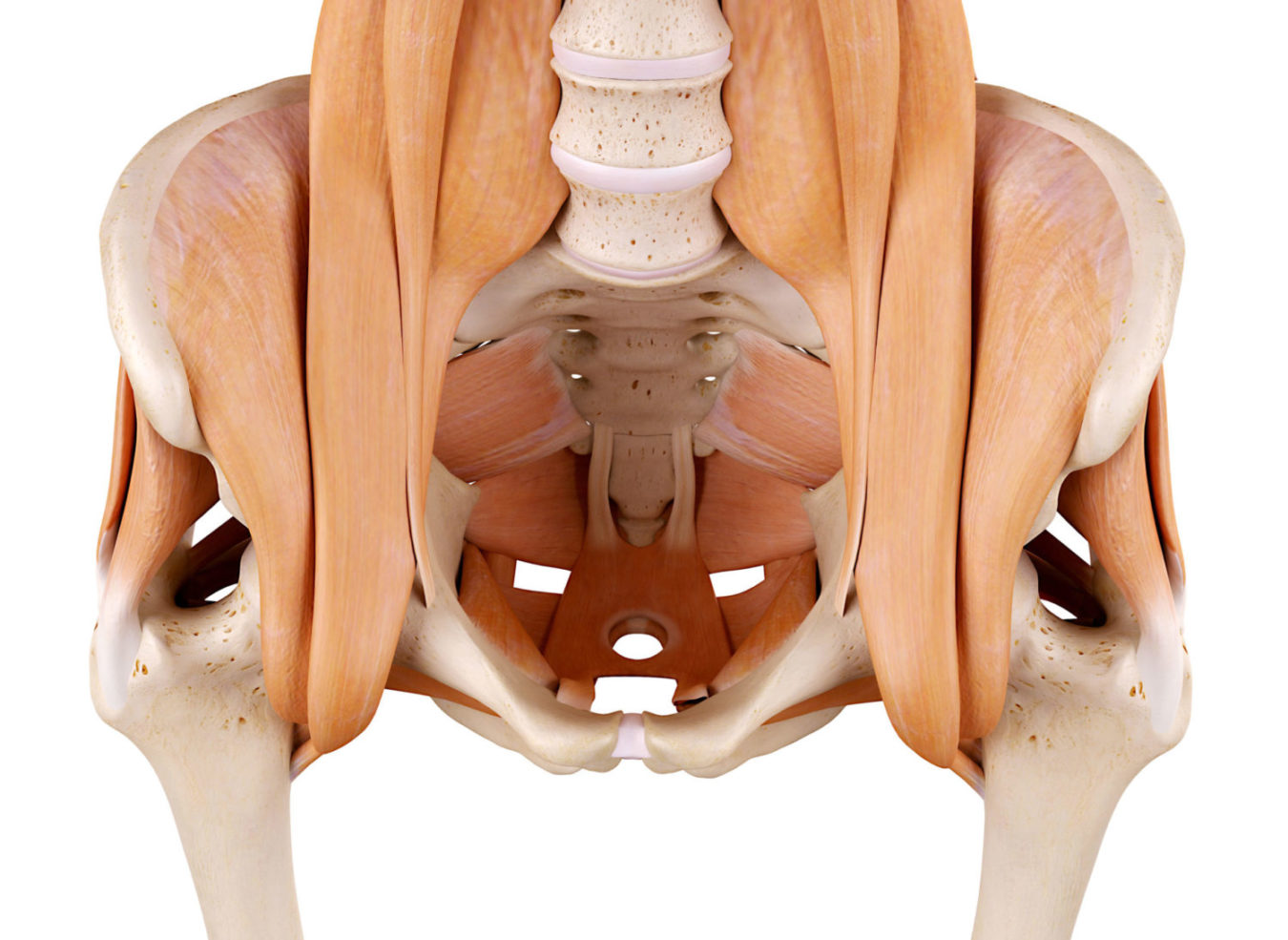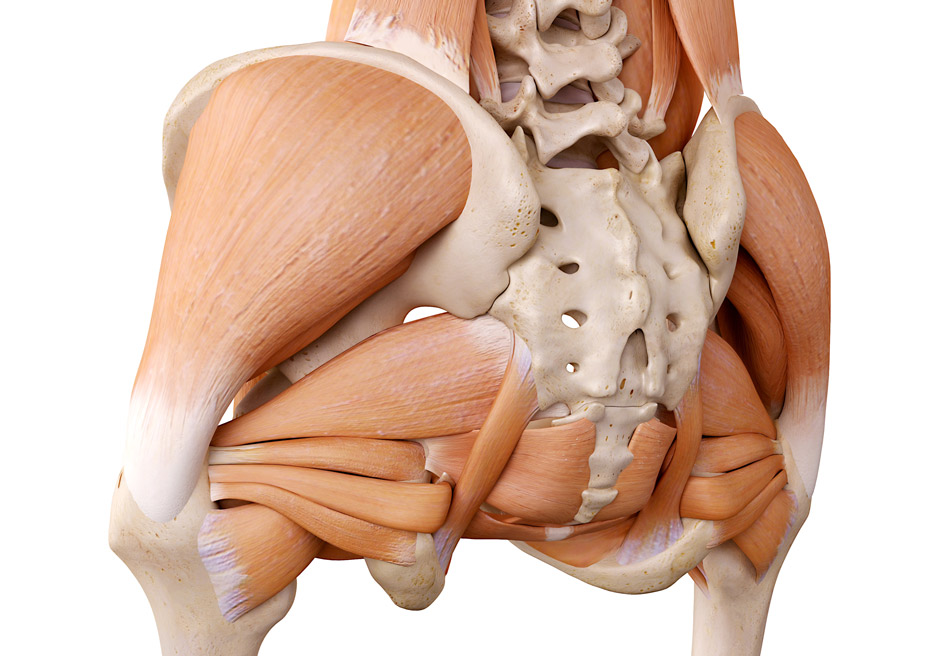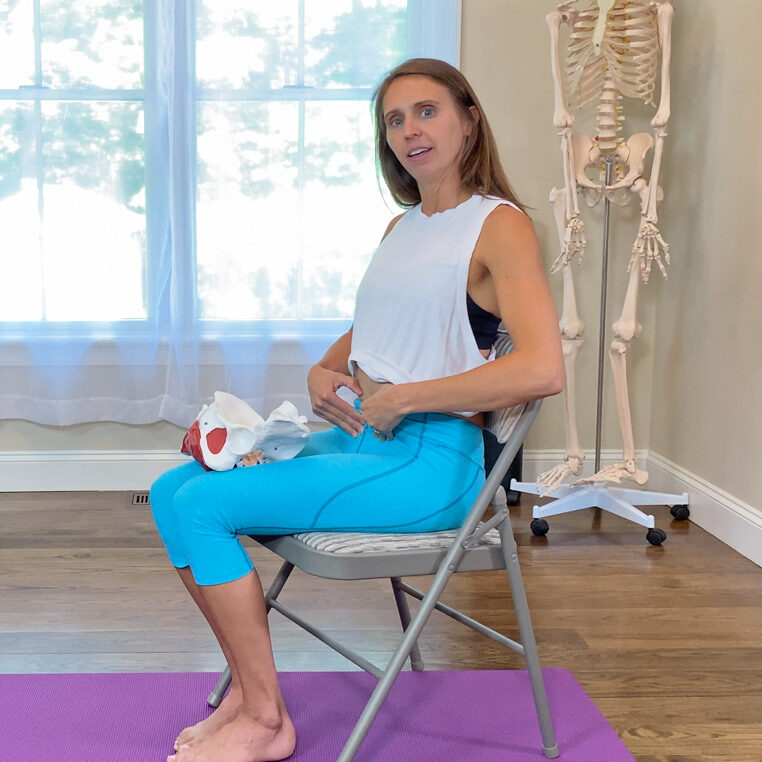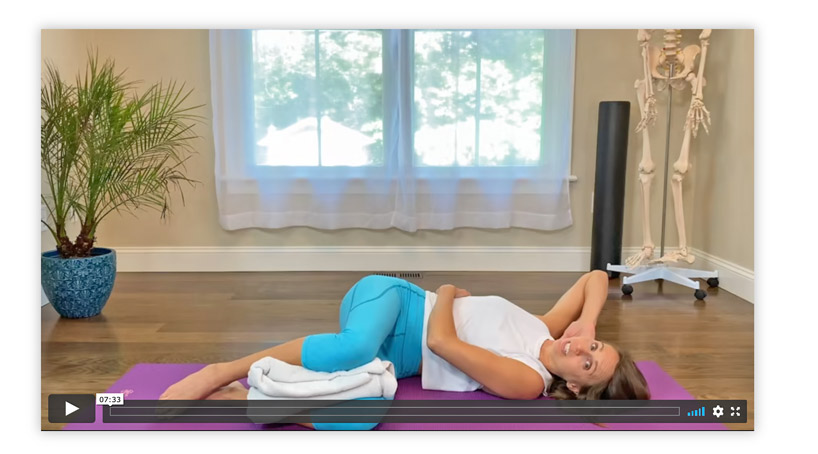Welcome to Your Pelvic Floor Educational Series
Meet your coach: Dr. Sarah Duvall, PT, DPT, CPT
Scroll down for your first exercise
Let's learn how the pelvic floor works:
Our pelvic floor muscles form a sling, and these muscles help to hold up and support our organs.
They also attach to the back of the spine, which is a great supporter for the low back. It's a great supporter for our SI joints as well.


We have two sides to our pelvic floor muscles, so you might have tightness on one side that you don't have on the other.
We have these different pelvic bones coming together, if you have pulling on one side, that might create a side joint pain.
Exercise: The Pelvic Floor - Core Connection
This is a great exercise to cue front pelvic floor support.

Generally, if you have some pelvic floor tightness, you're going to be able to get a better contraction when you pull those sitz bones apart.
Sit up straight as you lean back a little, then take your hand and place it on your lower belly.
Begin to "lift in" from your pubic bone. You may feel a front pelvic floor contraction.
Try to hold this position while you lift one leg. Does your pelvis stay still or does it move around?
Join Us for Part Two of the Pelvic Floor Series
Look for part two in your inbox tomorrow

Side-lying Rotations With Diaphragm Expansion
BECOME THE EXPERT - WITH A WEALTH OF PREGNANCY AND POSTPARTUM KNOWLEDGE
PCES 3.0 - The groundbreaking Pregnancy and Postpartum Corrective Exercise Specialist Certification is under construction! The third iteration will feature all-new lectures, research studies, exercises and case studies.
-
PCES 3.0 registration opens on September 17, 2024.
-
Join the presale list for updates and save $250 off the regular price.


